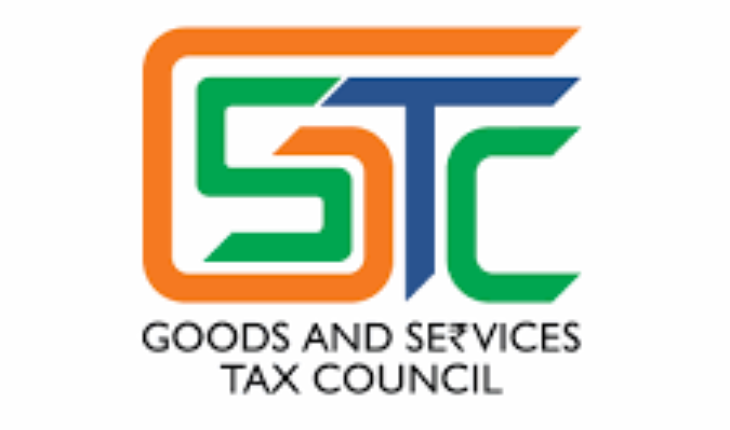Entering its fifth year, India’s Goods and Services Tax (GST) system reported a blip in revenue collections for June, breaking an eight-month streak of over Rs1-lakh crore in tax receipts. GST revenues tanked to a tad less than Rs93,000 crore last month — the lowest in 10 months — after a record Rs1.41-lakh crore in April and a relatively tepid Rs1.02-lakh crore in May. Generally, the June revenue reflects transactions that occurred in May. With the second wave of the pandemic in full flourish and States enforcing rigorous restrictions on most activities in May, the numbers are not really surprising. However, as May GST compliance dates for smaller taxpayers were extended till early July, some of this revenue also reflects April’s sales. Thus, the actual GST income attributable to May’s economic activity would be lower than June’s gross GST kitty. Despite the slowdown in May-June, GST collections in the Q1 of 2021-22 have been healthier than pre-pandemic levels, confirming that this year’s restrictions driven by States have inflicted less economic costs than the national lockdown at a few hours’ notice, in 2020. While the second wave setbacks have shaken up business and consumer sentiment, average monthly revenues of over Rs1-lakh crore — which Finance Minister Nirmala Sitharaman has termed the ‘new normal’ for GST — could perhaps sustain through the year, if there is no dramatic resurgence of the pandemic and vaccinations are ramped up as promised. This should give some fiscal breathing room for the Centre and States, but neither can afford to sit back. Structural corrections in the GST regime and the inclusion of petroleum and electricity may take longer, but there is enough that needs immediate attention. The GST Council must be reconvened soon to take up ideas to prod the economy’s rebound. Act now or it will be too late.
GST Council must act to help revive economy
Published Date: 12-07-2021 | 6:43 am





